Game Consultant: Aileen
Telegram:@qpkf1688
WhatsApp:+62089514312309
E-mail:Aileen@foxuc.cn
Telephone:400-000-7043
Wechat:

Between 2022 and 2025, Vietnam's mobile game market achieved the highest growth rate in the world, with an annual growth rate of 7.4%. The online gaming industry in Vietnam has surpassed $500 million in value. Due to cultural similarities and the rapid expansion of the mobile gaming sector, Vietnam has emerged as preferred region for domestic card games seeking to expand internationally.
Introduction to the mainstream style of Viet Nam card game lobby
Vietnam's card game lobby designs can be broadly categorized into two styles: "urban style" and "casual style." Each offers distinct characteristics in terms of interface design and cultural elements. Some card game lobbies feature both styles, allowing players to easily switch between them based on their preferences.
1. Urban Style
The lobby interface is typically designed with a modern urban backdrop, showcasing Vietnam's cityscape and iconic landmarks. Notable examples include the Bitexco Financial Tower in Ho Chi Minh City and Hanoi Cathedral, adding a local cultural touch to the game's visual experience.
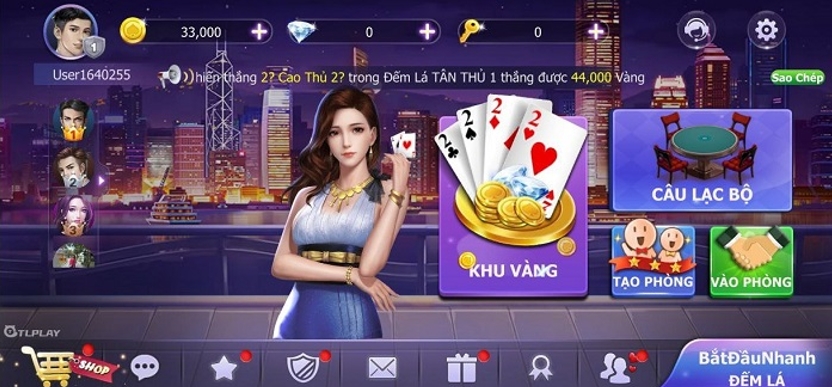
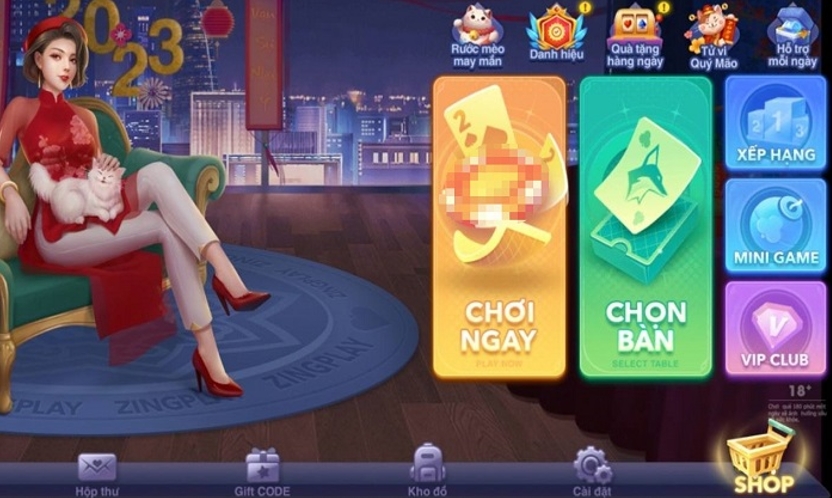
The scene incorporates dynamic elements like neon advertisements and animated billboards on buildings, evoking a lively, fast-paced urban environment. For character design, the focus is often on a female figure dressed in contemporary, stylish clothing, reflecting the latest trends. The overall color scheme leans toward cooler tones, such as blues and greys, emphasizing the sleek, modern feel of the city.
2. Casual Style
The board game hall interface embraces a casual style, featuring a tropical island backdrop that evokes a sense of relaxation and vacation. The background typically includes serene imagery such as sandy beaches, swaying coconut palms, and vibrant blue skies with fluffy white clouds, all working together to create a peaceful and laid-back atmosphere for the players. This design invites users to unwind and enjoy the games in a calm, tropical setting.
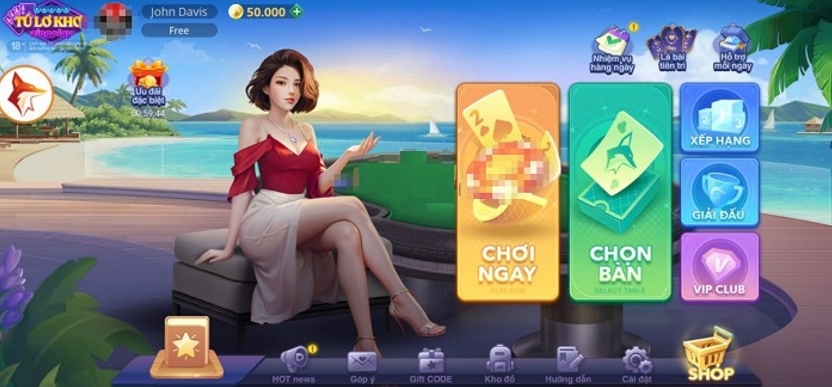
Traditional Vietnamese costumes like the Ao Dai and Dou Li are frequently highlighted in character designs, often portraying graceful and elegant female figures. The backgrounds typically incorporate a rich array of cultural symbols, such as intricate flowers, majestic dragons, and phoenixes, all reflecting Southeast Asian aesthetics.
Overall, as a Southeast Asian country, Vietnam shares many cultural and aesthetic elements with neighboring regions, creating a sense of familiarity and connection through shared traditions and artistic expressions.
A common game in Viet Nam's card game lobby
1、Ti?n Lên
Ti?n Lên uses a standard deck of 52 cards, excluding jokers. The game begins with the player holding the three of spades, who plays first by discarding that card. Subsequent players must play a card that is greater than or equal to the previously played card, following the same type. If a player cannot play a valid card, they must pass their turn. The objective is to be the first player to discard all of their cards, thereby winning the game.
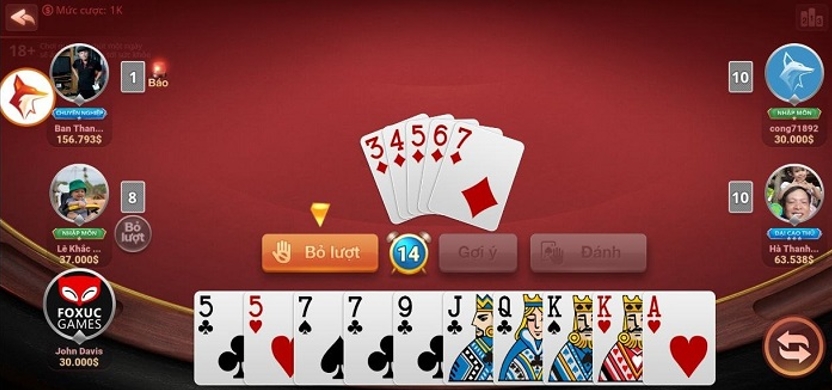
2、Ph?m
Ph?m (also known as Tá L?) is a card game similar to Rummy, where players aim to minimize the number of individual cards in their hands by forming specific sets known as Ph?m (decks), such as straights or three-of-a-kinds. Players can draw cards from the draw pile or pick from the previous player's discard. After drawing, they can play any card from their hand. To win, a player must form three or more Ph?m while ensuring that any remaining single cards, known as Rác, have the fewest points. The player who achieves this first is declared the winner.
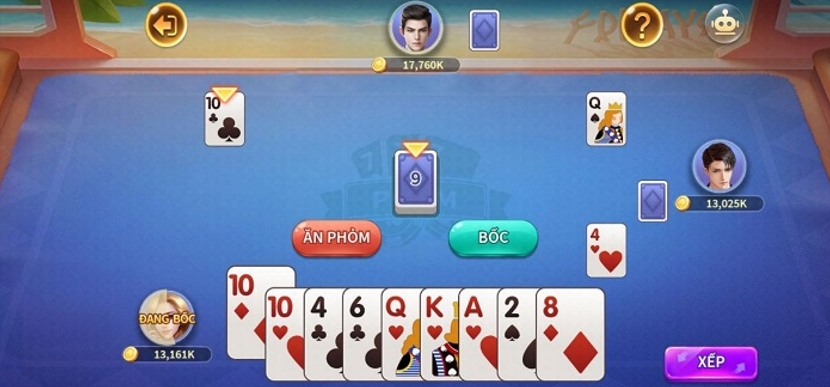
3、M?u Binh
M?u Binh (also known as X?p xám ch??ng, or Thirteen Cards) is a popular Vietnamese card game where each player is dealt 13 cards. Players must organize their cards into three separate hands: the first lane (3 cards), the middle lane (5 cards), and the tail lane (5 cards). The objective is to arrange these hands according to specific rules and compare them against opponents’ hands.
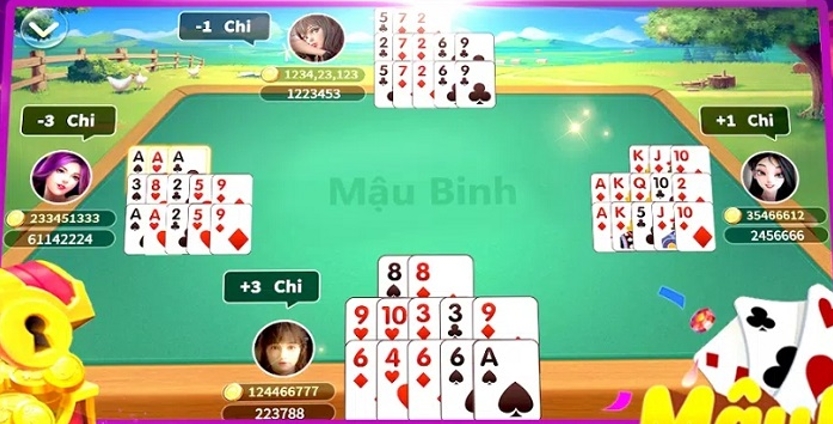
In M?u Binh, the strength of the hands decreases from the tail lane to the first lane, meaning the tail lane must be stronger than the middle lane, and the middle lane must be stronger than the first lane. If a player’s three hands beat another player’s three hands, it’s referred to as a "kill," and the winning player receives extra points. At the end of the game, scores for all players are tallied, and the player with the highest score is declared the winner.
4. Sic Bo, Color Dish, Fish Prawn Crab
Sic Bo, Color Dish, Fish Prawn Crab are classic Vietnamese guessing games where players can win rewards by accurately predicting the outcomes. In these games, players place their bets on various patterns or combinations, adding an element of excitement and chance. All of these following games have been uniquely designed by Foxuc, they are Sic Bo, Color Dish, Fish Prawn Crab respectively.
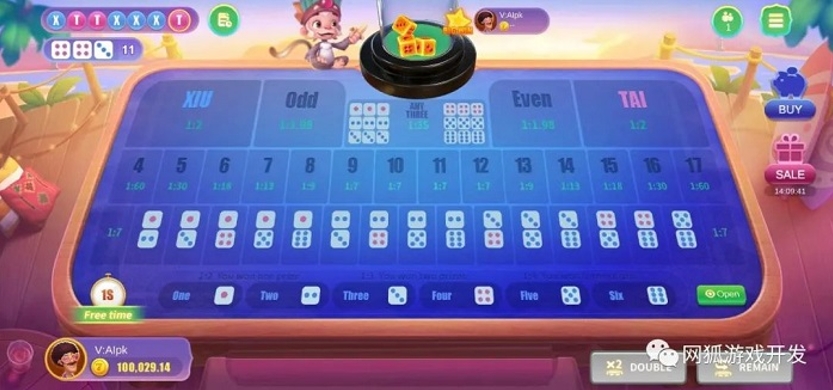
Conclusion
Under the influence of Southeast Asian culture, there is relatively little resistance for chess and card games to go overseas and Viet Nam to achieve game content localization.
To enter the overseas market, card games need to be equipped with the necessary local language resources, and the UI design follows the local culture and aesthetics, the game content caters to the preferences of players, and the existing gameplay continues to maintain game innovation and vitality, so as to help us better go overseas.
With over a decade of expertise in chess and card game development, Foxuc has a proven track record of successful localization projects. Our company possesses deep insights into the global market, offering specialized services in game localization, custom development, and strategic collaboration with regional gaming networks. For those interested in custom game development, partnership opportunities, or gaining insights into industry trends, we are eager to engage in deeper discussions and collaborations.

